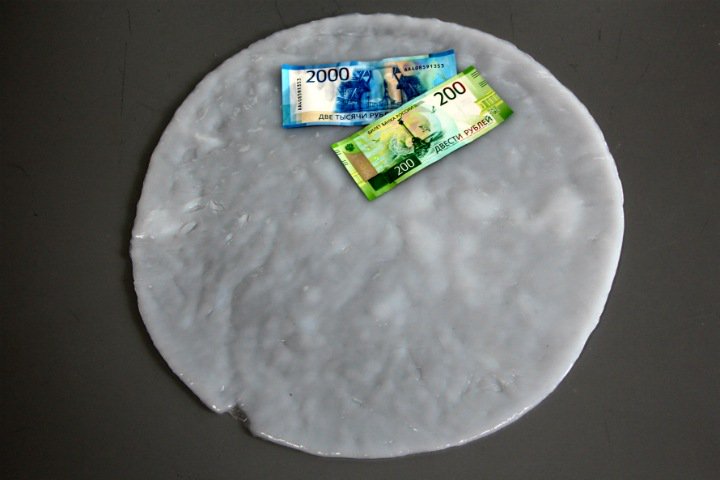
Bacterial nano cellulose has many advantages over its plant analog, regular cellulose. Its fibers are longer, wider, and stronger. Such pulp has practically no impurities that would impair its strength and absorbing properties.
Russian scientists developed a new method of obtaining a nutrient medium for the synthesis of bacterial nanocellulose. As a source of raw materials, they used oat husks and miscanthus biomass. Researchers used chemical accelerating enzymes to turn raw materials into sugar solutions to produce nano cellulose.
Bacterial nanocellulose could be instrumental in creating artificial skin: it plays an active role in stimulating regenerative processes, helping to heal wounds. Due to the large surface area and porous structure, nano cellulose can absorb a significant amount of various substances. Medical researchers can use this property to create efficient bandages. The high strength of bacterial nano cellulose makes it possible to use it as a material for 3D printing of certain types of human tissue, for example, cartilage.
Photo credit: Galina Mironova.